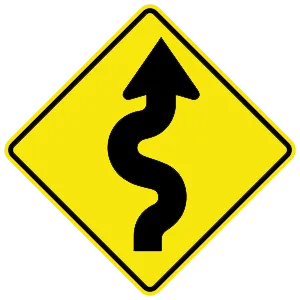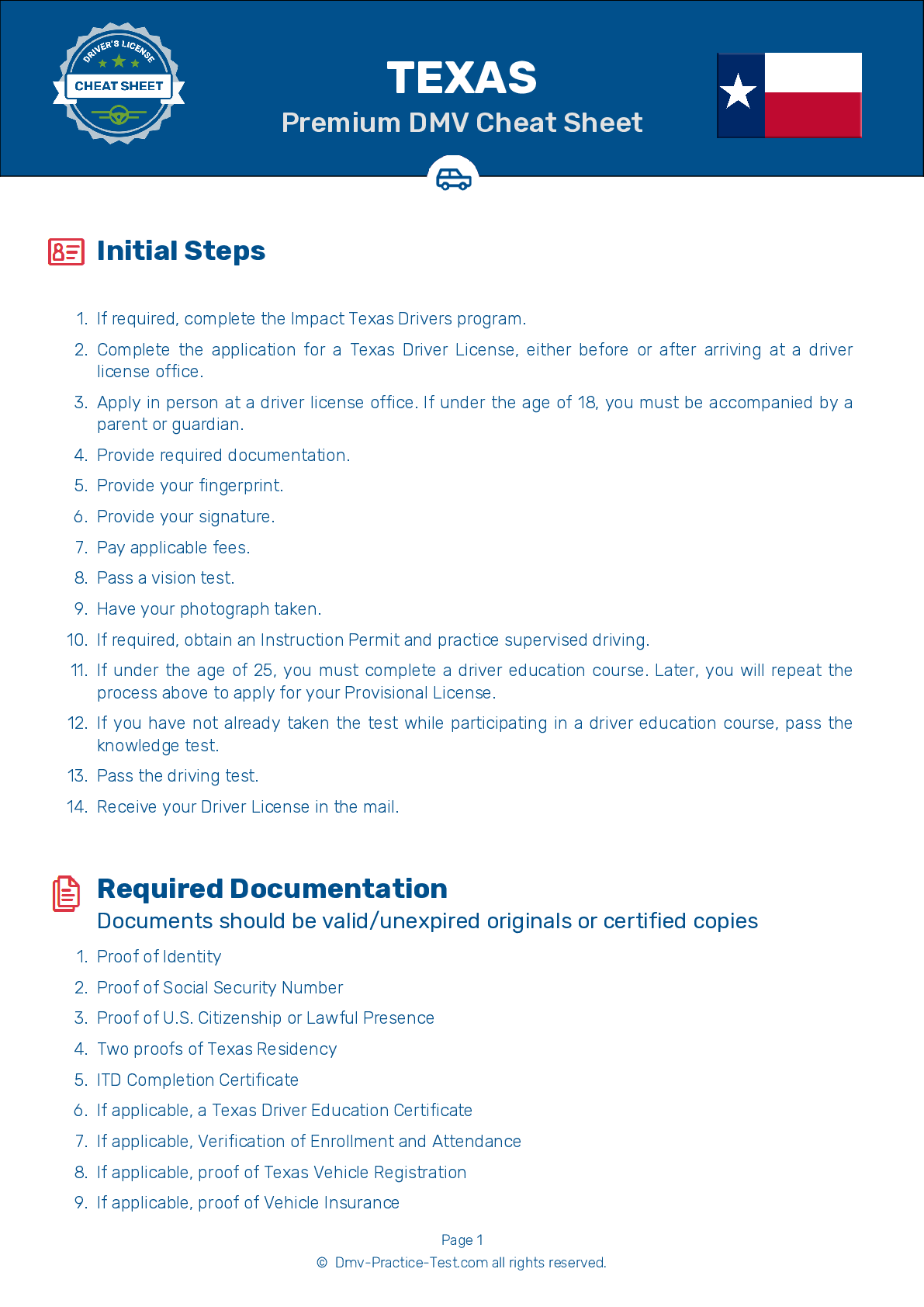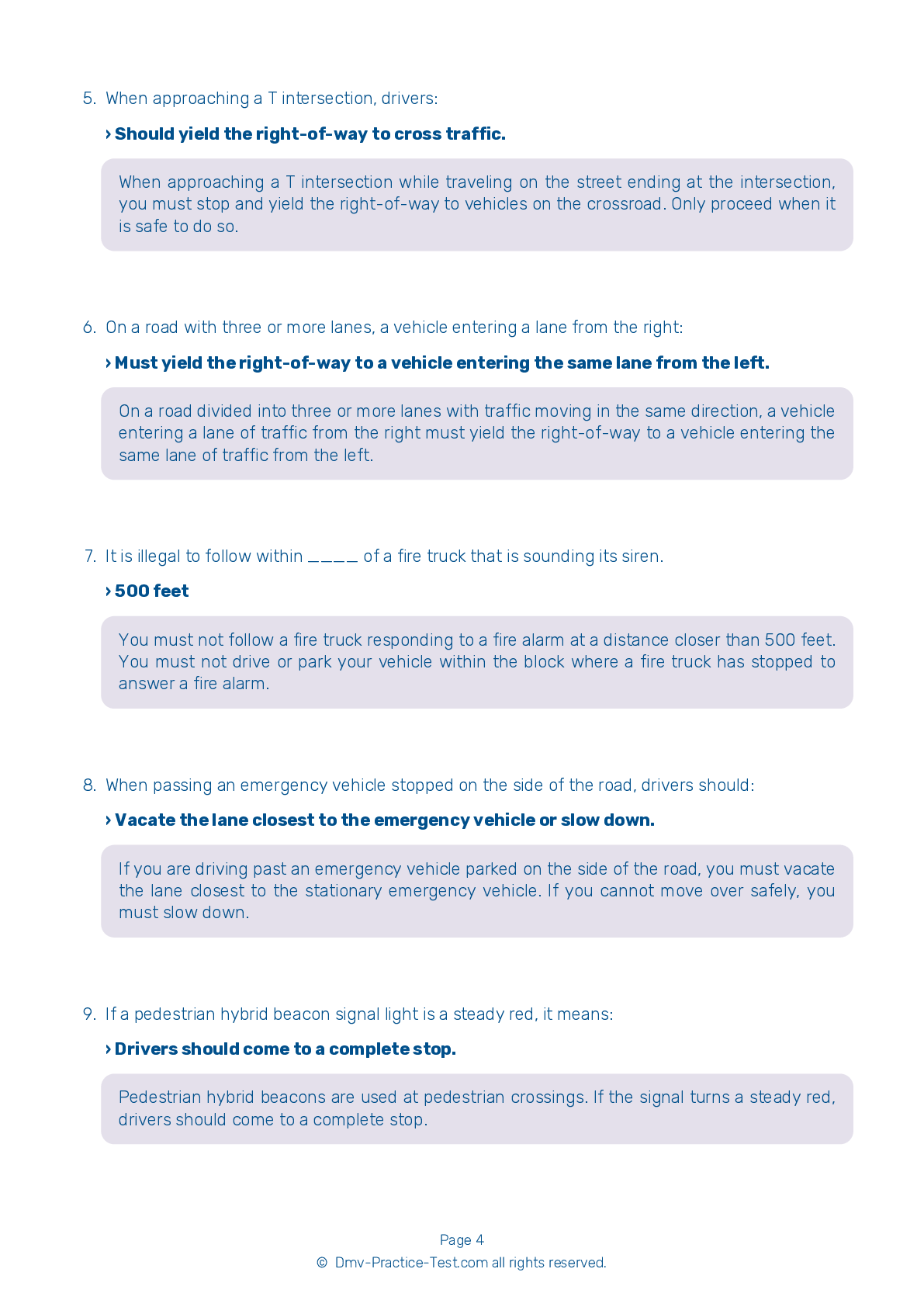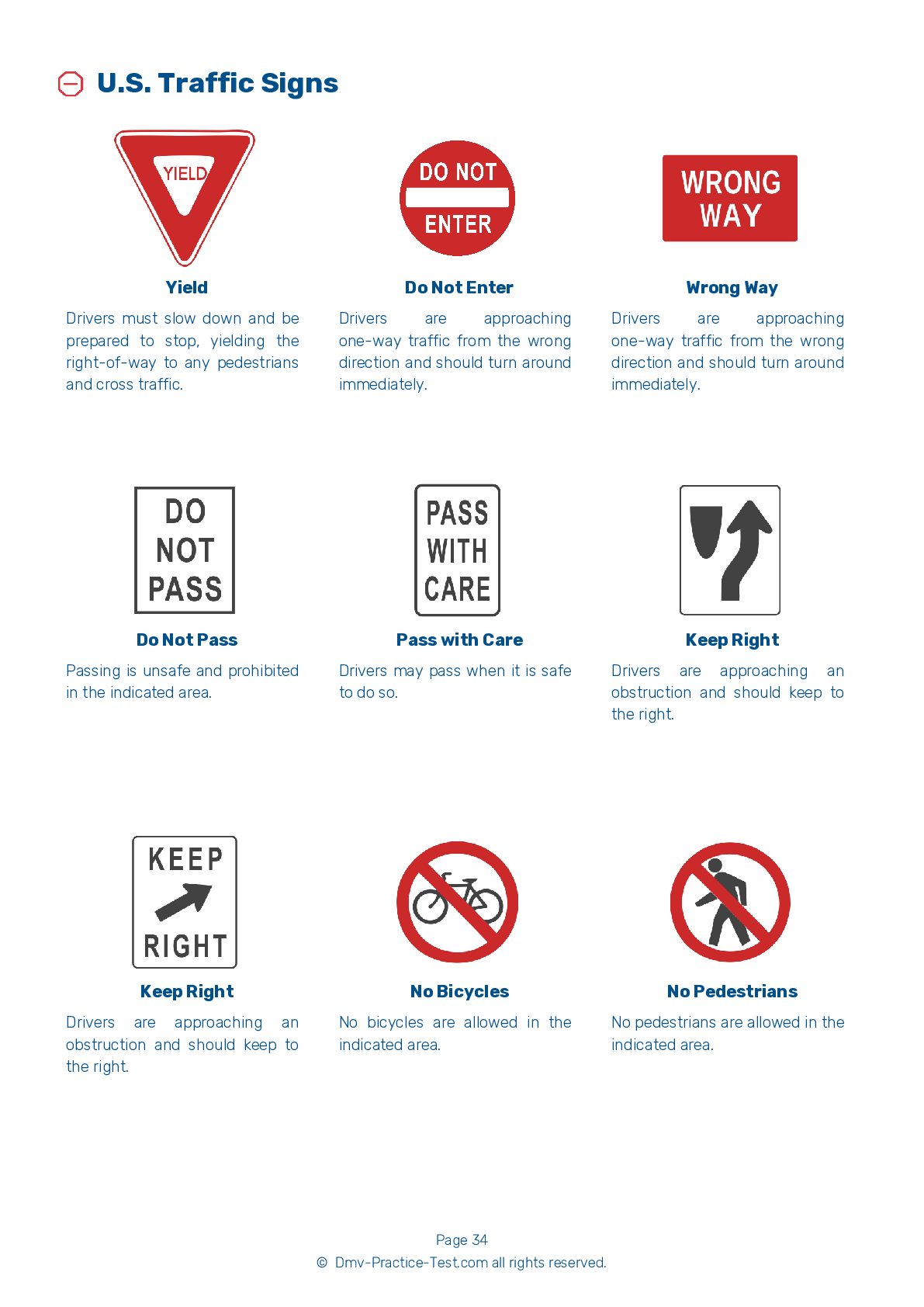FREE Texas DMV Practice Test #10
For January 2025, the Texas DMV practise exams have been revised. It comprises questions based on the most important traffic signals and laws for 2025 from the Texas Driver Handbook. To study for the DMV driving permit test and driver's licence exam, use actual questions that are very similar (often identical!) to the DMV driving permit test and driver's licence exam.
Each question on the practise exam has a tip and explanation to help you recall the ideas. Questions about traffic rules, traffic signs, and driving statutes, as well as knowledge from the Driver Handbook, will be included in the written portion of the official Texas DMV test.
You must properly answer 21 of the 30 questions to receive a passing mark. Use the Texas Department of Motor Vehicles' practise exam to help you prepare for your instruction permit or driver's licence.
The DMV exam is offered in a variety of languages.
Using any form of testing help will result in an automatic fail, and the DMV may take further action against your driver's licence, so avoid it.
1 . You are making a left turn from a two-way street onto a one-way street. When you have completed the turn, your car should be:
If you are turning left from a two-way street onto a one-way street, you should complete the turn into the lane closest to the lane you have just left.
2 . Pentagonal signs indicate:
Pentagonal signs indicate that you are in a school zone. Be extra alert to children and pedestrians when driving near a school.
3 . When driving at speeds faster than 30 mph, keep a minimum following distance of:
The more distance between your vehicle and others, the more time you will have to react if another driver makes a mistake. Keep a minimum following distance of four seconds when driving faster than 30 mph, under normal conditions.
4 . This sign means:
.png)
Warning signs prepare drivers for upcoming road conditions and hazards and are usually yellow with black markings. This sign tells drivers to be cautious when driving under conditions that may cause the roadway to become wet and slippery.
5 . What should you do when an emergency vehicle is approaching while displaying flashing red or blue lights?
You must yield the right-of-way to all emergency vehicles using a siren, air horn, and/or flashing red, blue, or white lights. Where possible, you must pull over to the right edge of the road. If you are in an intersection, drive through the intersection before you pull over.
6 . This road sign means:




